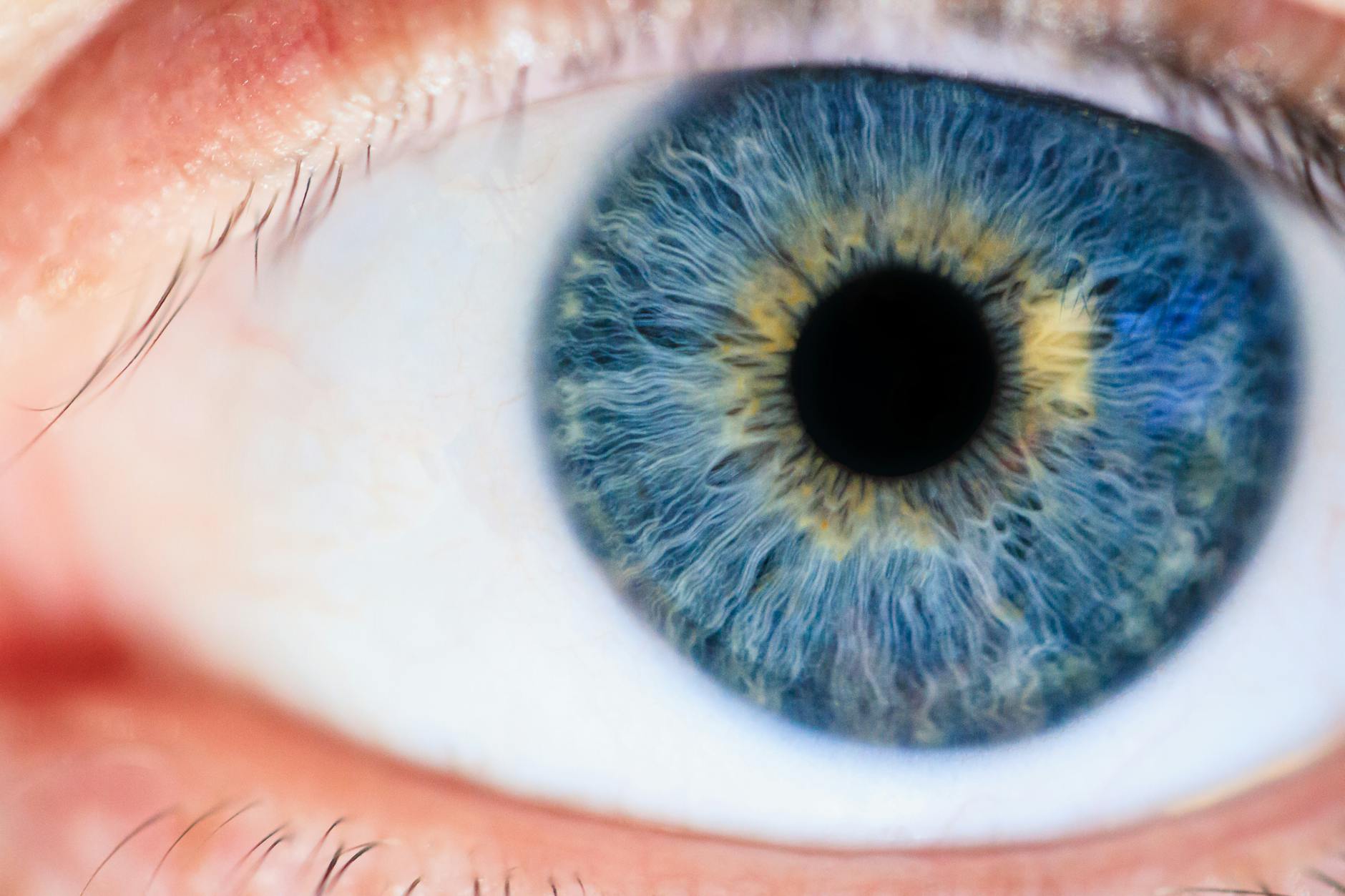
When it comes to hyperopia, or farsightedness, I’ve seen countless patients struggling with this common vision problem. Unlike nearsightedness, hyperopia makes close objects appear blurry while distant ones remain clear. As an ophthalmologist, my goal is to help patients understand and manage this condition effectively.
What is Hyperopia?
Hyperopia occurs when the eye focuses light behind the retina instead of directly on it. This can be due to the eyeball being too short or the cornea having too little curvature. Patients often find it hard to perform tasks like reading or sewing, which require sharp close-up vision.
Causes and Symptoms
Hyperopia can be hereditary, meaning it often runs in families. Additionally, I have noticed that aging can exacerbate the condition because the eye’s lens loses its ability to change shape and focus on close objects. Symptoms typically include blurred vision when looking at nearby objects, eye strain, and headaches. Many patients, especially children, may not realize they have hyperopia because they can compensate by squinting.
Diagnosis and Treatment
Diagnosing hyperopia is straightforward through a comprehensive eye exam. Using a phoropter, I can measure how the eyes focus light and determine the prescription needed for corrective lenses. However, in more severe cases, especially when it significantly impacts daily activities, surgery might be an option. LASIK and PRK are popular surgical procedures that reshape the cornea to correct the way light enters the eye.
Living with Hyperopia
For many of my patients, adjusting to hyperopia involves wearing prescription glasses or contact lenses. These devices correct the way light enters the eye, providing clearer vision. I always emphasize the importance of regular eye exams, as prescriptions can change over time.
Hyperopia in Children
It’s crucial to detect hyperopia early in children. In Dubai, where I practice, I’ve seen a significant number of young patients with undiagnosed hyperopia. Early detection can prevent learning difficulties related to vision problems. According to an article I read on khaleejtimes.com, regular vision screenings in schools can help identify and treat hyperopia early, ensuring children have the visual clarity needed for academic success.
Technological Advances
Technology has revolutionized the way we treat hyperopia. From advanced diagnostic tools to state-of-the-art surgical techniques, patients now have more options than ever. For instance, according to a report on khaleejtimes.ae, Dubai’s healthcare facilities are equipped with the latest technology for eye care, making it easier for residents to access top-notch treatment.
Importance of Eye Care
Maintaining good eye health is vital for everyone, especially those with hyperopia. I advise my patients to follow a few key practices: Regular eye exams to keep prescriptions up to date. Using proper lighting to reduce eye strain during close-up tasks. Taking breaks during activities that require prolonged focus on near objects, such as reading or working on a computer.
Advanced Surgical Options
In conclusion, hyperopia is a manageable condition with the right care and attention. As an ophthalmologist, I am committed to providing the best possible treatment for my patients. Whether through corrective lenses, advanced surgical options, or regular eye exams, my goal is to help every patient achieve clear, comfortable vision.
First Step
Hyperopia doesn’t have to hinder your daily life. With modern advancements in eye care and a proactive approach to maintaining eye health, you can enjoy a clear view of the world around you. So, if you’re experiencing any symptoms of hyperopia, don’t hesitate to schedule an eye exam and take the first step toward better vision.
